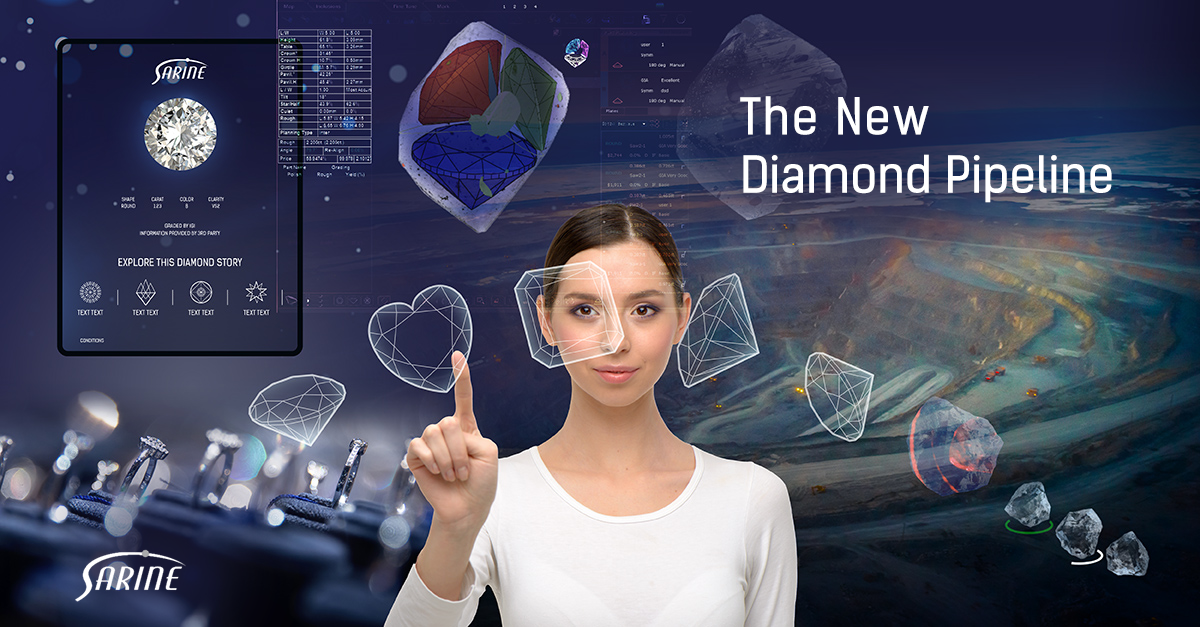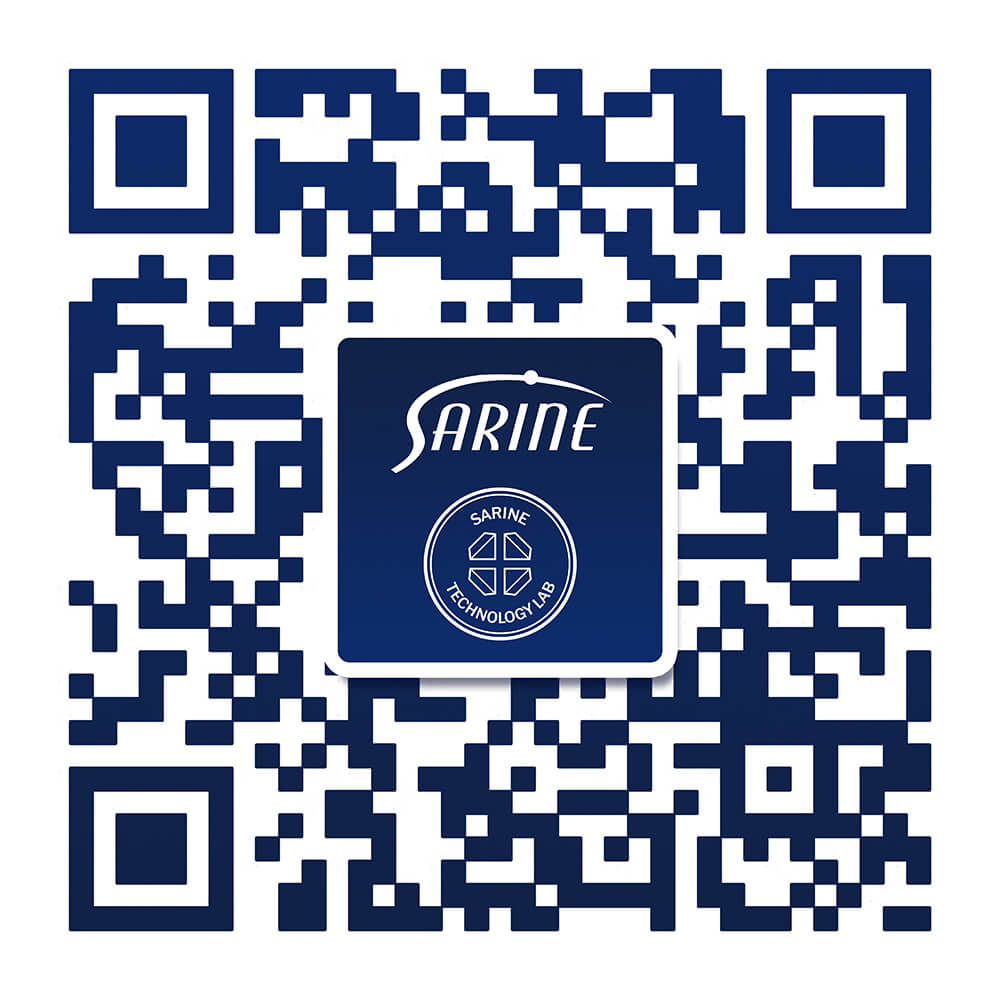For many decades, the diamond pipeline has stretched a long road from the mine to the consumer. From upstream, where the diamond is mined and sourced, to midstream, where is it planned, cut, and polished, all the way downstream, where it is traded among wholesalers and retailers, and finally marketed to the customer. The journey from rough stone to polished diamond has always been complex – but also predictable.
In recent years, however, there has been a subtle but significant shift in the way the pipeline functions. As consumers become savvier and more demanding, there is more pressure on the downstream of the diamond pipeline to provide customers with the products they want, when they want. The proliferation of online information and shopping opportunities means that retailers can’t afford to simply wait and see what customers ask for next. They must be actively aware of changing trends and demands in their target markets and be in a position to satisfy those markets almost in real-time.
The diamond pipeline works both ways
This phenomenon is known as the “reverse pipeline”. Once, mines and manufacturers would supply the downstream players with the goods they had. Now, downstream traders and retailers are searching for specific goods according to consumer demand. And to stay competitive and maintain secure, mutually beneficial partnerships with retail customers, manufacturers must find a way to supply what retailers are asking for.
In other words, the diamond pipeline is “demand-driven”, fueled by consumer demand in various retail markets worldwide. Depending on the location and customer base of the specific retailer, the demand will vary. But the principle remains the same.

Data brings it all together
This evolution of the diamond pipeline – from a one-way stream to demand-driven reverse pipeline – has only been possible thanks to data.
Since the introduction of diamond scanning and analysis technology, first implemented around thirty years ago with Sarine DiaMension®, the entire diamond supply chain, from tenders to manufacturing and grading, has become completely linked by data. Accurate, in-depth data of the diamond, including cutting plans, proportions, inclusion maps, and much more, is gathered and stored along the manufacturing flow. This data can then be aggregated, analyzed, and utilized in producing optimal diamonds with very specific characteristics according to customer requests.
At the later stage of the pipeline, when retailers order new inventory from their suppliers, they can rely on Sarine’s advanced AI-based 4Cs grading, light performance grading, and Diamond Journey™ traceability data to help make smarter, more profitable sourcing decisions based on the state of the local consumer market right now.
Data, more important than ever
When the COVID-19 pandemic hit the globe, markets worldwide were taken by surprise. In most industries, companies had to find alternative ways of operating. Virtual meetings, online stores, and curbside pickup are all examples of ways that businesses pivoted during lockdowns and social distancing.
For the diamond industry, digital tenders came into their own as a viable alternative to in-person rough trading during the pandemic. Particularly for the diamond pipeline, the sudden crisis demonstrated that anything can happen at any time, and it is critical to be prepared. And that doesn’t just mean being “demand-driven”. It’s one thing to be aware of what consumers are demanding. But being able to respond appropriately and effectively – in all circumstances, even during a crisis – is the key.
Now, it’s time to become demand-responsive.
Demand-responsive: The next gen diamond supply chain
Today, the diamond pipeline also runs from the retailer back to the mine, not just the other way around. Consumer demand is the strongest dictator about what diamonds are needed, when, and where. And now, Sarine is advancing the industry by taking the pipeline beyond “demand-driven” to “demand responsive”.
What does it mean to be demand responsive? The diamond pipeline must have the capability to respond to demand, not just be driven by it. The diamond supply chain is now consumer-oriented, which means that inventory must be made available fast according to changing demand on the retailer’s sales floor. The key to being responsive is diamond data. And with a data-based infrastructure that runs the whole length of the pipeline, Sarine can provide that ability for the pipeline to be demand-responsive in dynamic markets.
From Galaxy® inclusion mapping and Advisor® rough planning to eGrading™ at the source, Sarine provides accurate diamond data to support flexibility in the supply chain and to take the diamond pipeline to the next level: demand responsive.




-1.jpg?width=310&name=blog_image%20(003)-1.jpg)





